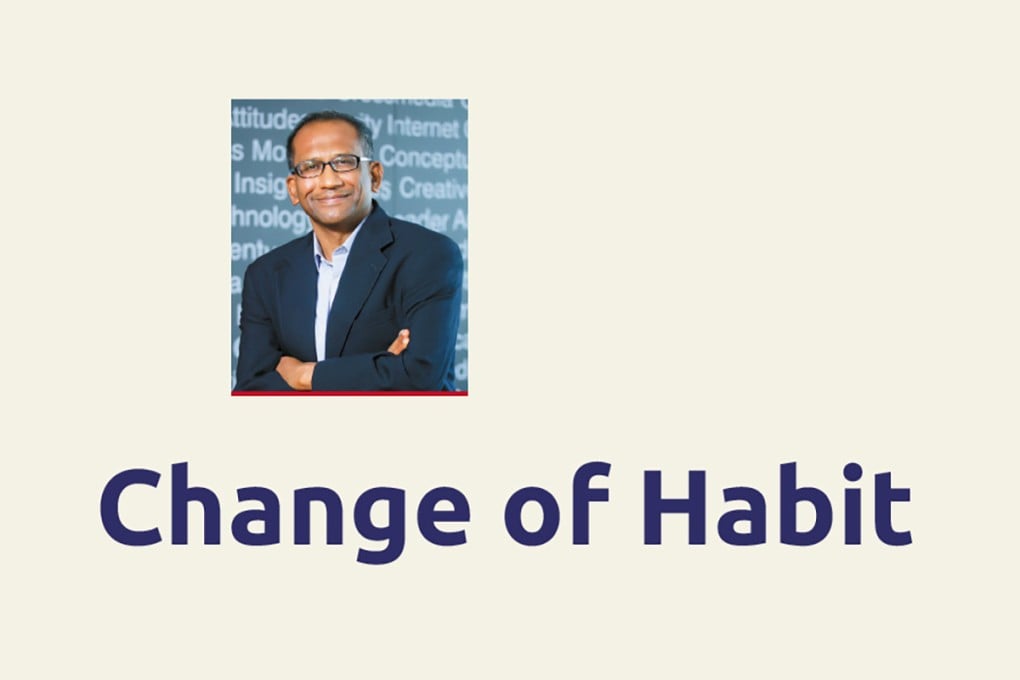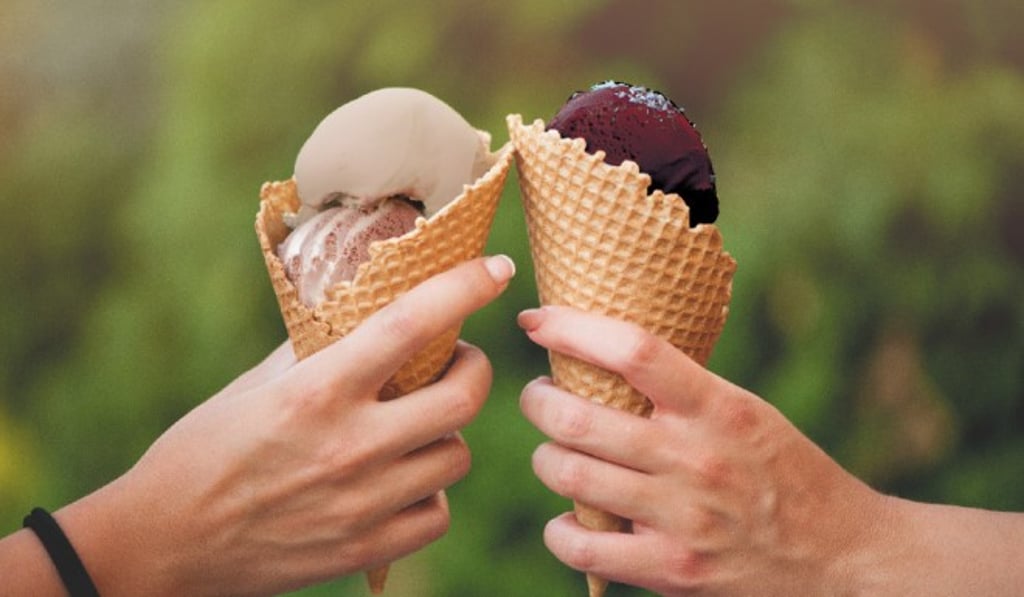Change of Habit
New research at HKUST shows that fear of infection increases consumers’ preference for atypical options.

[Sponsored Article]
Synergis-Geoffrey Yeh Professor of Business,
Chair Professor of Marketing,
HKUST Business School

Questions such as these have become particularly relevant in recent times as COVID-19 rages across the world, making it ever-more important for marketers to understand how infection-related cues shape consumer behavior. Indeed, such cues, albeit less starkly threatening than the pandemic, have always been present, whether they arise from a family member coming down with the common cold, or being exposed to a coughing stranger, or even a fleeting glimpse of a hospital ward on a TV show.
Despite their ubiquity, very little research has examined how such disease cues affect consumers’ product preferences, a gap that my student HUANG Yunhui (now an assistant professor at Ohio State University) addressed in her PhD dissertation carried out under my guidance. Our research, which has been accepted for publication in the Journal of Consumer Research, shows that even relatively innocuous reminders of infection exert a systematic effect on product preference by increasing consumers’ relative preference for atypical versus typical product options. In the example above, therefore, we predict that you will become more likely to choose the cherry dark chocolate after hearing about your sick friend.
Evolutionary theory and customer preferences
We based our predictions on an evolutionary theory which argues that because of the millennia-old threat to survival posed by infectious diseases, a “psychological immune system” has evolved in human beings. This system helps to protect us against diseases by inducing us to seek out objects and individuals that seem linked to good health, while alerting us to avoid those that seem linked to bad health.